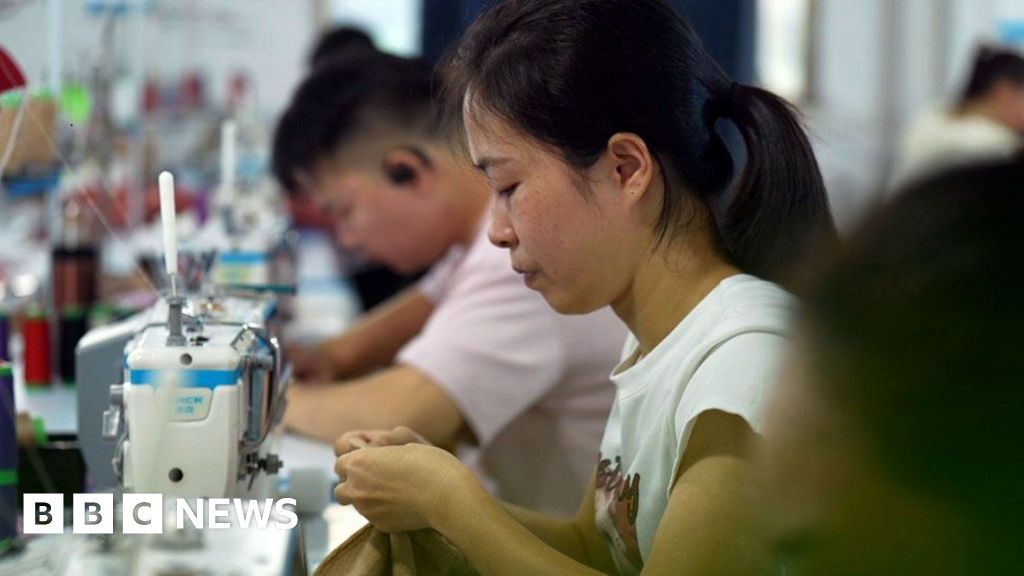Summary
Shein’s rise as the world’s largest fast-fashion retailer is powered by 5,000 factories in Guangzhou’s “Shein village,” where workers often exceed 75-hour weeks, violating Chinese labor laws.
Paid per piece, wages remain low despite long hours, with some earning as little as £10 per day.
Allegations of forced labor and child workers persist, alongside concerns over its use of Xinjiang cotton.
Shein, valued at $66bn, plans a London IPO, prompting promises of better governance.



Most of the workers are “migrants” from other parts of China and aren’t registered at Guangzhou so the authorities don’t know about them. It’s a lot like the “illegal” immigrants we have here in the u.s. , everything is done off the books and if the worker reports mistreatment there liable to be sent back. Even if some authorities come in for inspection then the workers are incentivized to hide from them or lie to keep there jobs.
Both the u.s. and China could be doing better to stop the exploitation but it’s fundamentally a cat and mouse game that becomes even harder if your dealing with scales of millions, or in the case China 10s or 100s of millions of people.
The only way to actually stop it would be to give the workers legal resident status so they can report to the authorities without fear of having to leave but neither seems willing to do it for political and economic reasons.